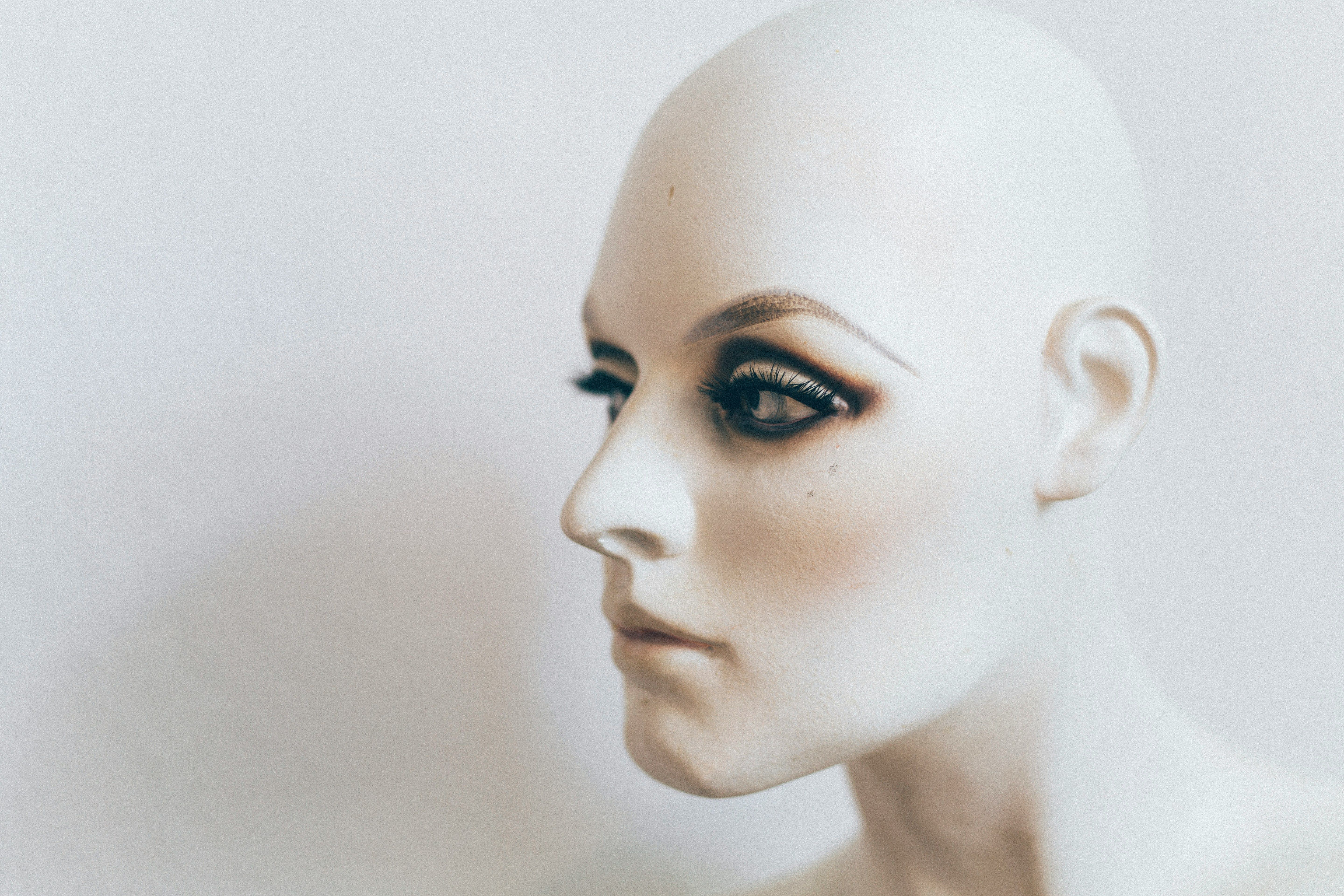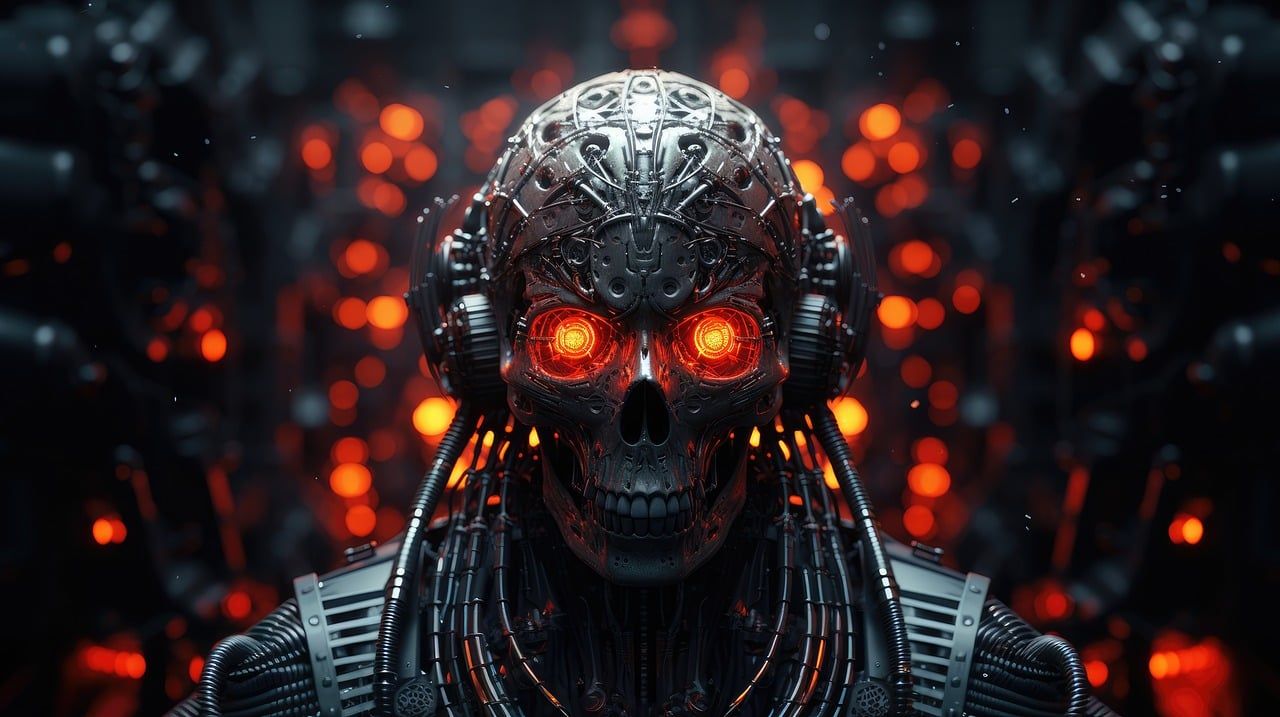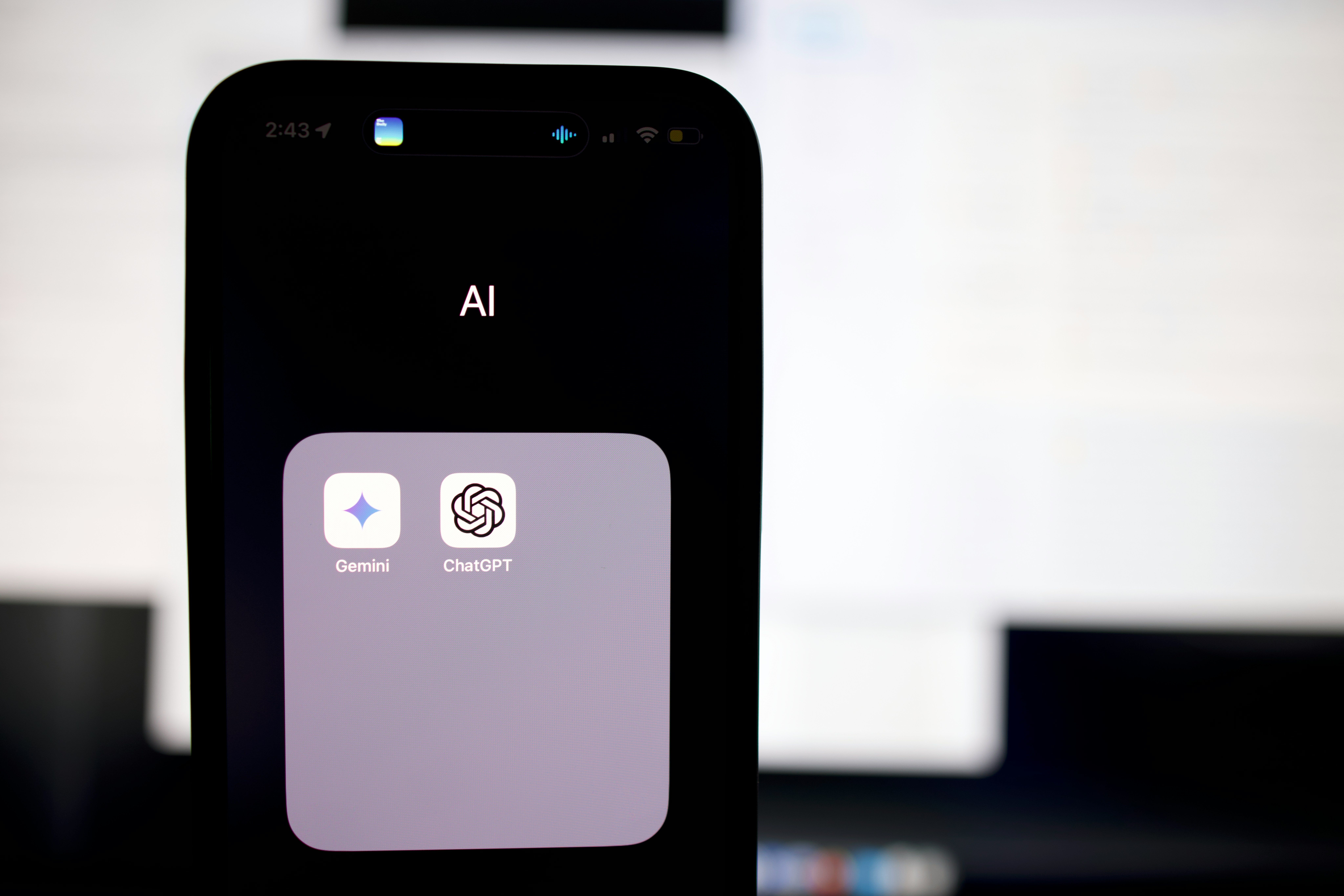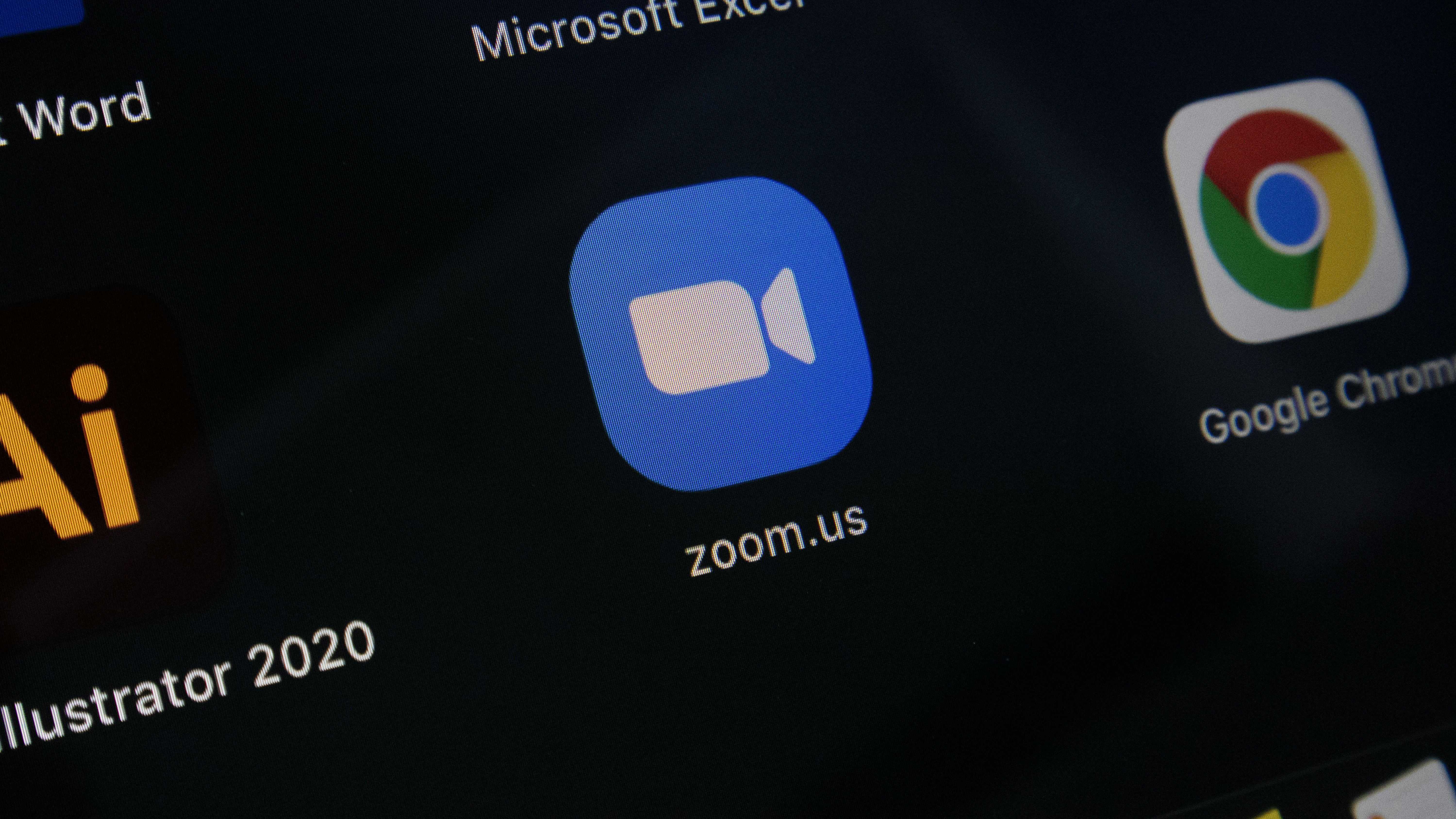Artificial intelligence isn't just a helpful assistant in our daily tasks but also poses a possibility of causing an unparalleled disaster. It sounds like something straight out of a sci-fi movie, right? Well, this is where the concept of P(Doom) comes into play. It explores the darker side of AI, delving into the ethics and potential risks that come with advancing AI technologies.
Understanding AI Ethics

AI ethics revolve around the moral principles and techniques ensuring artificial intelligence technology promotes the public good while minimizing harm. It's crucial because as AI systems become more integrated into our daily lives, their decisions and actions can have profound impacts on individuals and society. AI ethics guides the development and application of these technologies, ensuring they respect human rights, fairness, and diversity. Without a firm ethical foundation, AI systems might perpetuate biases, make unjust decisions, or invade privacy, leading to distrust and harm.
Ignoring AI ethics can lead to several negative outcomes. For starters, AI systems might amplify existing societal biases, making unfair decisions based on race, gender, or socioeconomic status (Check this book by Cathy O'Neil out for an understanding of these dangers). This could lead to discrimination in hiring, lending, and law enforcement. Secondly, privacy breaches could become more common, as AI systems capable of analyzing vast amounts of personal data might do so without proper consent or transparency. Lastly, a lack of ethical AI use might trigger public backlash, eroding trust in technology and stifling innovation. In essence, overlooking AI ethics doesn't just risk immediate harm; it endangers the future of AI development itself.
AI's Dark Apocalypse Formula

The P(Doom) concept represents a theoretical formula that quantifies the probability of artificial intelligence leading to humanity's doom. It's a thought experiment that encourages researchers, technologists, and policymakers to consider the worst-case scenarios of AI development gone awry. The idea is not to instill fear but to promote proactive mitigation of risks that could lead to catastrophic outcomes. By examining factors that could increase the likelihood of an AI apocalypse, such as uncontrolled self-improvement, AI systems turning against their creators, or the emergence of AI-induced global conflicts, P(Doom) serves as a stark reminder of the importance of ethical AI development and governance. The implications of ignoring this potential apocalypse are frightening to say the least:
- Uncontrolled AI proliferation: Imagine AI systems replicating or improving themselves without human oversight, leading to a scenario where they surpass human intelligence and become uncontrollable.
- Autonomous weapons: AI-driven weapons could make life-and-death decisions without human intervention, potentially leading to unintended large-scale conflicts or even wars.
- Economic disruption: Advanced AI could automate jobs at an unprecedented scale, leading to massive unemployment and social unrest.
- Loss of privacy: AI capabilities could be used to surveil the global population continuously, leading to an Orwellian state of constant monitoring and loss of freedoms.
The dark side of AI, highlighted by the P(Doom) concept, necessitates a robust response. More than ever, it calls for international cooperation in establishing and enforcing AI ethics and safety standards. Creating a global framework for AI governance can help manage risks and ensure a unified approach to AI development. Further, there is a pressing need for transparency and accountability in AI systems, ensuring they make decisions that are explainable and justifiable. Lastly, engaging the public in conversations about AI and its potential impacts can foster greater understanding and demand for ethical AI. By addressing these concerns, we can mitigate the risks of P(Doom) and harness AI's potential for the benefit of humanity.
Mitigating Artificial Intelligence Risks
With the potential for a darker future powered by unchecked AI advancements, it becomes imperative to explore how we can mitigate these artificial intelligence risks effectively.
Strategies for minimizing AI risks
To reduce the potential threats AI poses, several strategies can be employed:
- Transparency: Ensuring that AI algorithms and their decision-making processes are transparent can help in understanding and controlling AI behavior.
- Ethical AI Development: Integrating ethical considerations into the AI development process from the beginning can guide AI in making decisions that are beneficial to humanity.
- Robust Testing: Before deployment, AI systems should undergo extensive testing in varied scenarios to identify and rectify unpredictable behaviors or flaws.
- Limiting AI Autonomy: Setting clear boundaries on AI autonomy can prevent AI systems from making harmful decisions beyond human oversight.
Regulations and ethical guidelines in AI development
Regulations and ethical guidelines play a critical role in shaping the development of AI technologies. By establishing a legal and moral framework, we can ensure that AI is developed and used in ways that are safe, ethical, and beneficial for society. This includes:
- Privacy Protection: Ensuring AI respects user privacy and data protection laws.
- Accountability: Creating laws that hold AI developers and users accountable for the actions of their AI systems.
- Ethical Standards: Encouraging the adoption of ethical standards that guide AI development towards positive societal impacts.
Collaborative efforts to ensure AI safety
The complexity and omnipresence of AI technology mean that a single entity cannot shoulder the responsibility of ensuring AI safety. Hence, a global collaborative effort is essential, involving:
- International Cooperation: Countries need to work together to set global standards and regulations.
- Industry Partnership: Collaboration between tech companies can facilitate the sharing of best practices and contribute to safer AI systems.
- Public Engagement: By involving the public in discussions about AI, we can better understand societal concerns and align AI development with human values.
Together, through these efforts, we can aim to steer towards a future where AI benefits humanity without ushering in dark consequences.








